Sequim irrigation districts are represented by geographic areas of privately owned associations (aka companies or entities) of property owners who share the cost and maintenance of a local irrigation network for their neighborhood. There are seven in the Sequim area, including the Cline Irrigation District, the Dungeness Irrigation Group, Clallam Ditch Company, Dungeness Irrigation District, Sequim Prairie Tri-Irrigation Association, Agnew Irrigation District, and Highland Irrigation District. Here is a map you can use to identify which district your property would be in. Of course, just because your property is within a Sequim irrigation district does not mean you have water rights. A small percentage of property owners have water rights, and they don’t add properties. It exists or it does not. [Note: I edited the first sentence slightly (10-5-21) from, “Sequim irrigation districts are privately owned associations of property owners . . .” The difference is negligible, but someone was quite angry because he thought I was misrepresenting irrigation districts by claiming districts are privately owned. Grammatically, “privately owned” is the adjective modifying “associations,” not districts, but he didn’t understand the grammar. Let’s hope this clarification helps him sleep better and not cause anyone else to have a heart attack.]
Sequim Irrigation Map
You can see on this map the boundaries of the Sequim irrigation districts as well as the location of the open ditches and the buried pipe. The question comes up often, “How do I confirm that I have the right to use the irrigation water in my district?” The answer is found by calling the district secretary and asking her to look up the records on your property. The secretary will have a file showing that your property does or does not have the right to use the Sequim irrigation water.
If the property you want to buy is already connected to a Sequim irrigation district and has been using the water, that’s a pretty big clue that your property has the rights, and if the prior owner is current on the dues to the district (now paid through the Clallam County Tax Assessor’s office and shown on the public website), you know you have the water rights.
Some buyers also ask for written proof in the form of an irrigation easement, but such written easements were not created over a century ago when the irrigation ditches were engineered throughout the valley. Title reports on a property do not include mention of irrigation water rights, because there are not written documents recorded in the Auditor’s office to attach to the title report. Title insurance does not address nor insure water rights.
Here’s an updated and better more detailed Sequim Irrigation District Map:

And here’s the direct link to this site: Sequim Irrigation District Map. After opening the link, scroll down to page 3 for this map.
This does not mean you don’t have a legal easement. Sequim irrigation ditches that have been in place for a century are legal rights owned by the district, and property owners who have been legally using the water have a legal right to continue as long as they keep their dues current. Water rights can be given up if they are not used and not paid for after a certain number of years.
So here are the steps. First, talk to the Sequim irrigation district secretary to find out if this property has current water rights. Second check the Clallam County Assessor’s Site to see if the dues are current. You’ll see if the district dues are paid, like this:
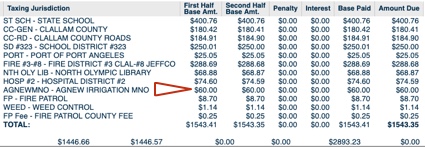
And third, you can talk to the prior property owner and the neighbors to learn how they have been using the water and what rights their properties have. If you are looking for the contact information for a Sequim irrigation district, you’re not likely to find it easily. Districts do not typically keep a nice website or any Internet presence. Some do, most do not. There’s no website at the county or state level that keeps all this contact information, primarily because the secretary and her phone number changes periodically. The best thing to do is get it from the owner of the property you want to buy, or do a Google search and see if you can get lucky and find a phone number. Districts are informal organizations manned by retired volunteers who answer the phone if they are home.
Water rights are one of the most complicated areas of the law. There are multi-volume treatises written just on water rights, and a massive body of 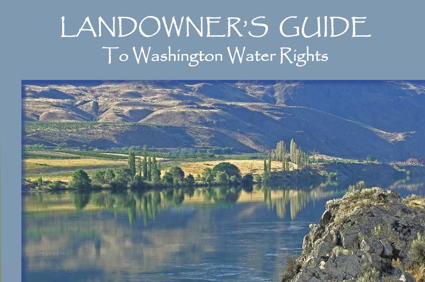 Federal, State, and local laws, not to mention all the administrative regulations, court decisions and admin rulings on water issues. If you would like to learn more about water rights, here you can read the Washington State law on Irrigation Systems, and also I’m including an excellent pamphlet put together in the State of Washington that should be helpful. Just click on this image and you can download the pdf.
Federal, State, and local laws, not to mention all the administrative regulations, court decisions and admin rulings on water issues. If you would like to learn more about water rights, here you can read the Washington State law on Irrigation Systems, and also I’m including an excellent pamphlet put together in the State of Washington that should be helpful. Just click on this image and you can download the pdf.
Now you know a little more about Sequim irrigation districts. Of course, you can Google an irrigation district to track down their website or phone number. Each district has a file on all properties within their district.
Last Updated on July 9, 2019 by Chuck Marunde




















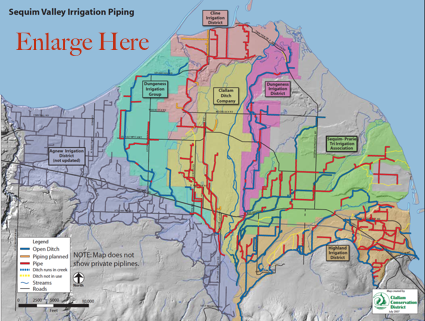

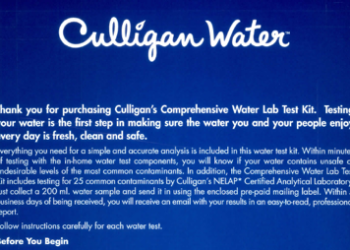

















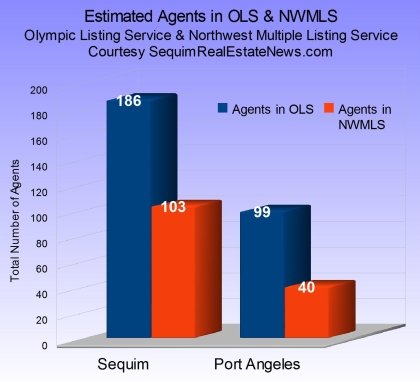









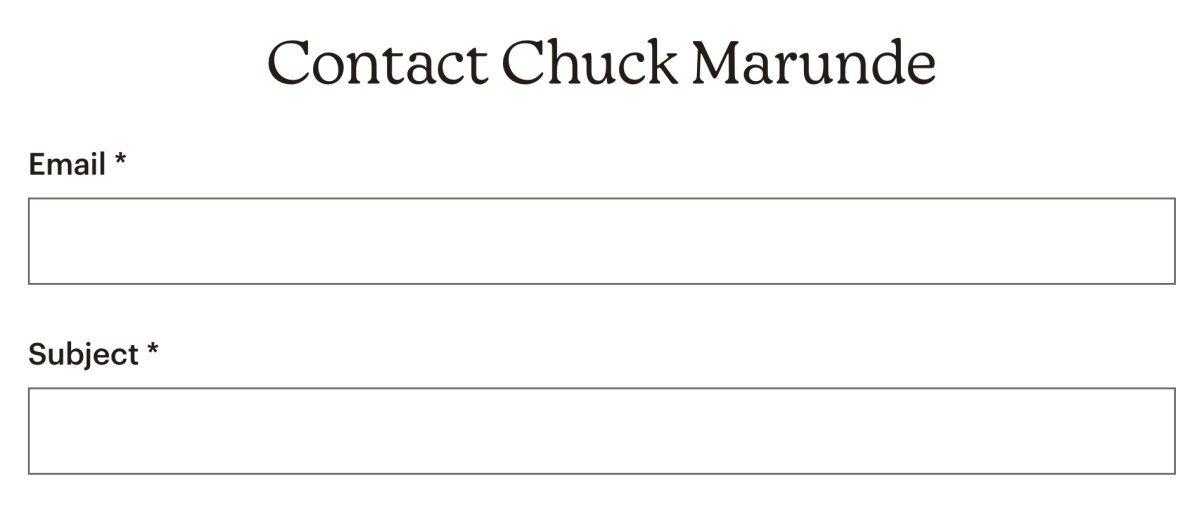


When the piping for the irrigation system was 1st put The host bib that was supposed to be put on my property ended up on the neighbor’s property.. My question to you is can somebody come out and put a hose bit on my property so that I’m able to water my citrus trees. Thank you in advance for your reply.
Janet, your question is really one for your irrigation district. They could, but whether they would is another issue.
The use of irrigation water is governed by the irrigation district rules as well as state and county regulations regarding the use and navigation of ditches, streams, ponds, and drainage. To my knowledge there isn’t any prohibition on what your talking about, but there are layers of laws and regulations and entire bodies of law that have their own court precedents, too, so it’s a complicated answer, but at first blush, I am not aware of any prohitibition.
Hi Chuck, Have not seen you in a long time. I purchased a home on Sherburne Rd. The Agnew Irrigation ditch is across the road from me. My well is shallow and when the ditch goes dry, so does my well. I am thinking of installing a 1000 gallon storage tank and filling it with irrigations water like I had to do in Yakima. Of course, I will install a water purification system. When my well goes dry, I could use the water in the tank until the water flows again. I would need to install a pipe under the road to get the water to fill the tank. What are your thoughts. Roger Fell nurseryguy@olypen.com
Nothing wrong with planning ahead of time, provided you can get approvals.
Is the Irrigation Water okay to use for Private Marijuana farming in a home, on a larger than one room basis? One or two or three hoses connected to a supplying water source? Not for outside use as we can see. This is a question directed for a neighborhood situation. Not on our property, next to it.
Again, I am not sure they have paid for their Irrigation rights. The hoses are connected to the water source they installed a couple years ago. On our property. I understand legal easement. It’s a junkyard with obvious drug travel. They are in their seventies, but age hasn’t stopped them from with their business. How do I find out if they have even paid for the water?
I have an irrigation ditch and have had a few strikes and an trying to recover and I wondered if there is a ditch maintenance company since I can’t do it myself.
Each irrigation district has their own ditch walker who is responsible for maintenance. If you have to hire a company to help, you can hire Brother’s Plumbing or Integrity Pumps.